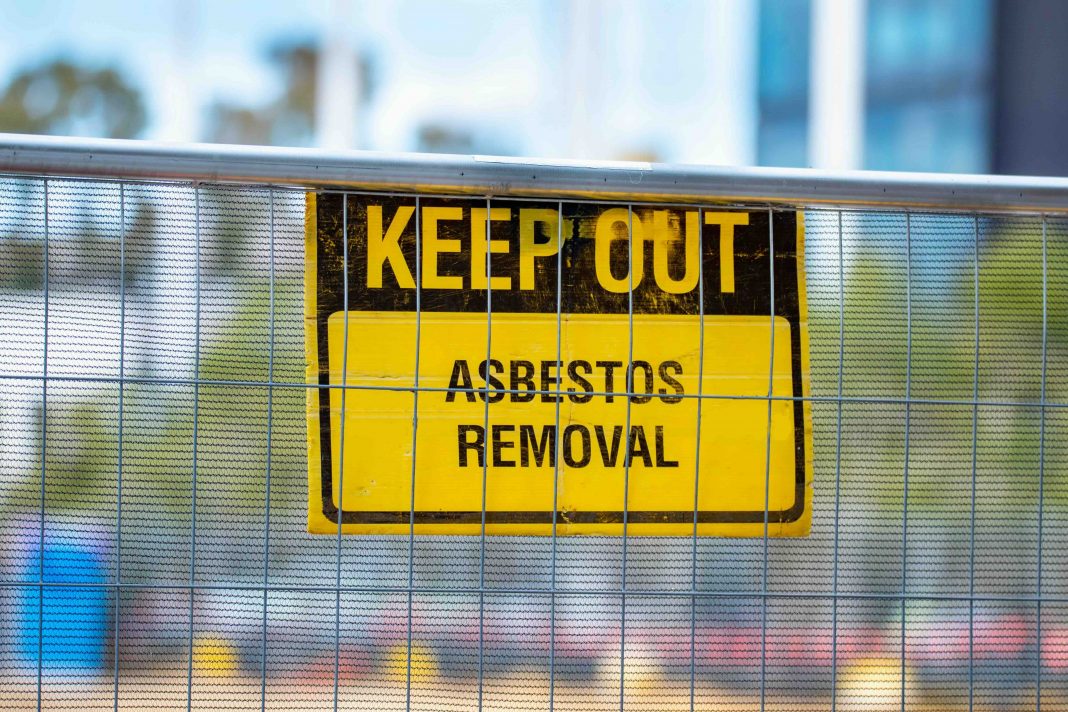National Asbestos Awareness Week (25 November – 1 December) is an important campaign that highlights the dangers of asbestos exposure, urging renovators and tradies to recognise the risks before starting projects.
With asbestos-related diseases claiming 4000 Australian lives annually, this campaign aims to save lives through education and prevention.
Asbestos, found in 1 in 3 Australian homes built before 1990, doesn’t post a risk if sealed and undisturbed.
However, during renovations or demolitions, microscopic asbestos fibres can become airborne, leading to serious illnesses such as mesothelioma, asbestosis, and lung cancer.
The campaign stresses there’s no safe level of exposure.
Clare Collins, Chair of the Asbestos Education Committee, emphasises the need for widespread awareness: “With no known safe level of exposure to asbestos fibres, the only way to prevent asbestos-related deaths is to increase awareness of the risks of disturbing asbestos during home renovations, demolition or maintenance and providing education tools and information about asbestos locations and how to manage it safely.”
The 2024 campaign features a new 20-minute educational video titled, ‘Asbestos in Homes: A Guide to Identification, Testing & Removal’.
This resource provides step-by-step guidance on safely managing asbestos, with contributions from industry experts and advocates, including Cherie Barber, Australia’s “Renovation Queen”.
Ms Barber, who lost her grandfather to asbestos-related disease, highlighted the hidden risks:
“Most Australians don’t know that asbestos was not only used in the construction of fibro homes, but it was also used extensively in the manufacture of more than 3000 building and decorator products that could be lurking in any brick, fibro, weatherboard, clad home or apartment built or renovated before 1990.
“Asbestos could be under floor coverings including carpets, linoleum and vinyl tiles, behind wall and floor tiles, in cement floors, internal and external walls, ceilings and ceiling space (insulation), eaves, roofs, around hot water pipes, fences, home extensions, garages, outdoor toilets, backyard and farm structures, chook sheds and even dog kennels.
“It was used everywhere!”
Ms Barber added: “Although in some states homeowners are permitted to remove up to ten square metres of asbestos-containing materials themselves, we strongly advise against it and encourage people to only use licensed asbestos professionals because the cost to homeowners and their families could be far greater if they’re exposed to fibres that can kill.”
As some of the most accessible healthcare providers, for pharmacy assistants this message is particularly relevant.
Through your daily interactions with customers you can help spread awareness about the dangers of asbestos, particularly among your customers who may be DIY renovators and tradies.
Direct them to asbestosawareness.com.au, which offers a variety of resources tailored to homeowners and tradespeople.
Remember: Safe renovations protect lives!
Encourage your customers to respect asbestos because it’s not worth the risk.







